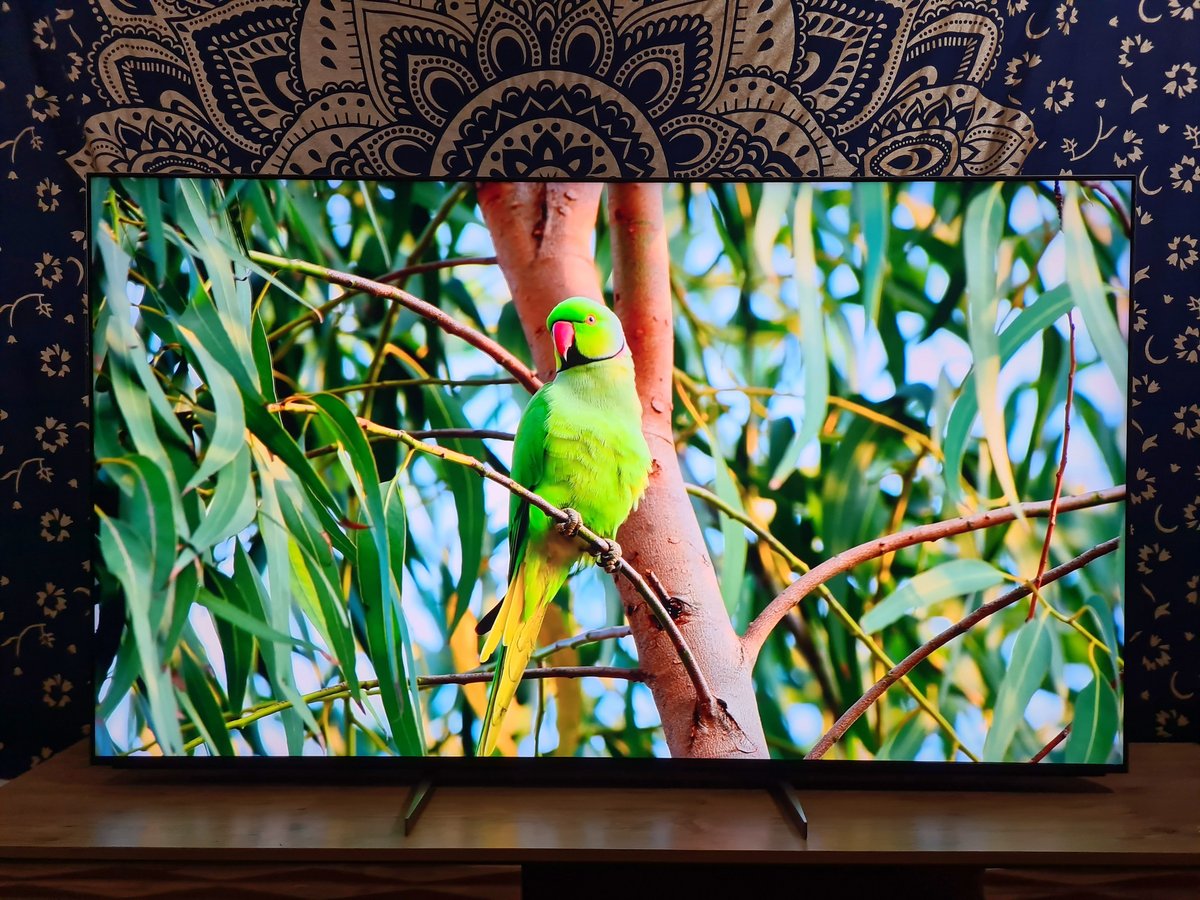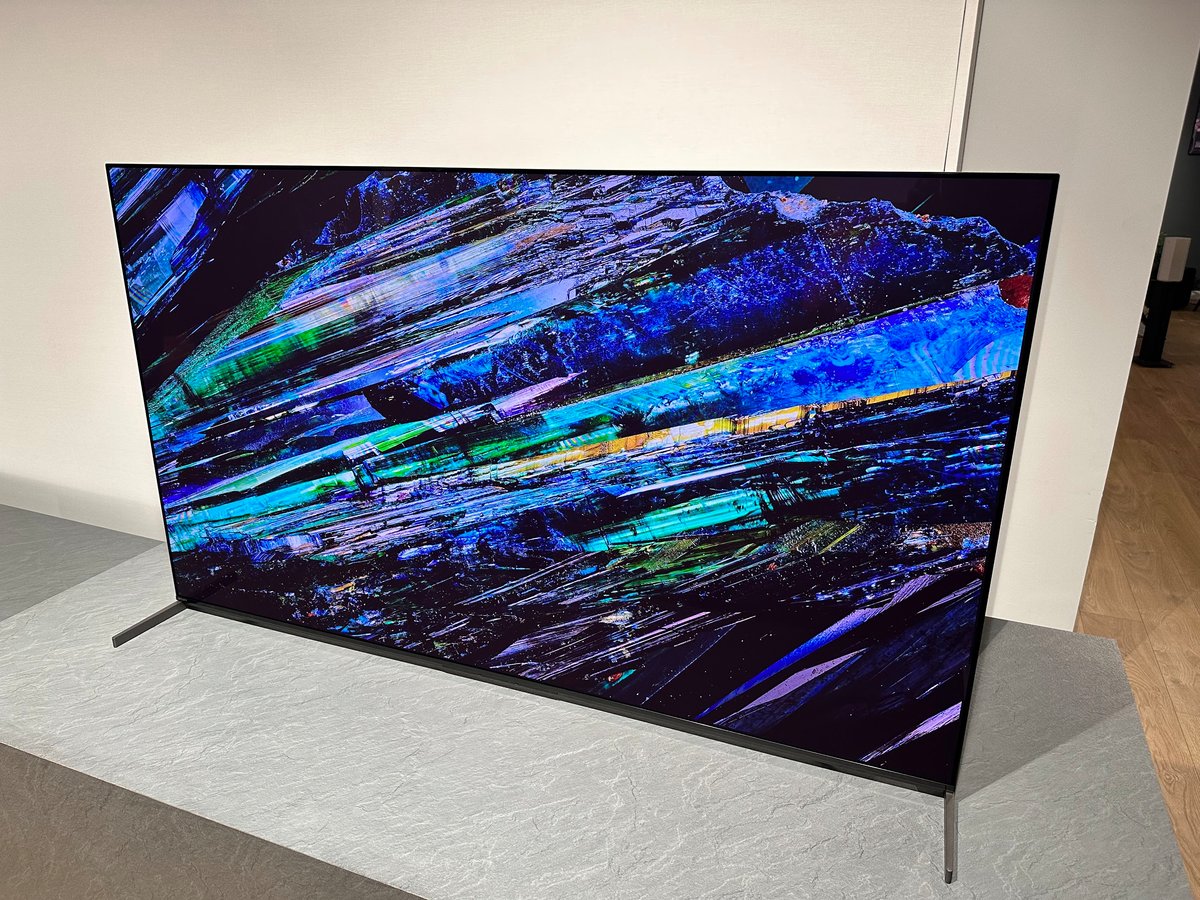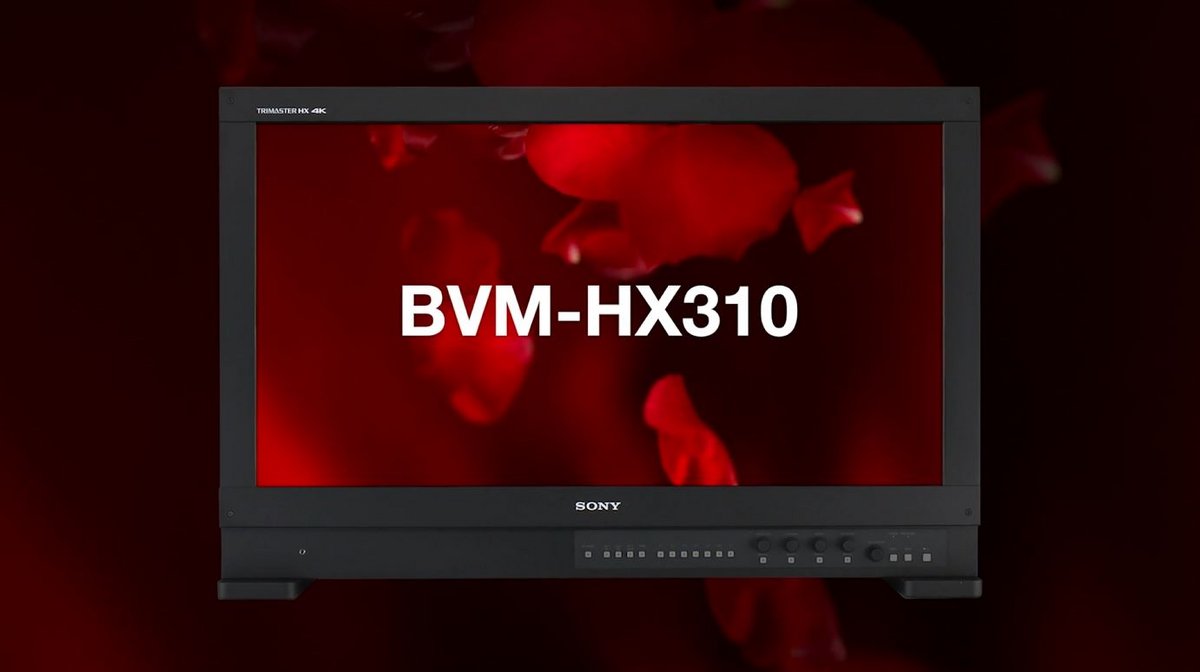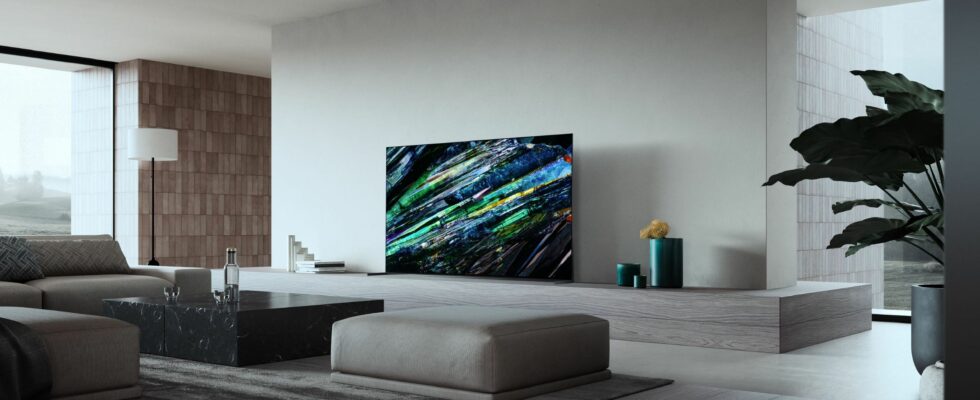For two years now, Sony has chosen to no longer present its new ranges of televisions on the occasion of CES, preferring to organize a dedicated event downstream. For 2024, the manufacturer would have planned to reduce the sail on OLED, in order to concentrate on MiniLED, in particular on its premium televisions.
At the end of 2023, Sony revealed part of its plans for the coming year to a select group of journalists at an event in Tokyo. The Japanese manufacturer would have notably mentioned its strategy concerning its catalog of televisions for 2024.
A catalog that leaves you spoiled for choice
Unlike other manufacturers, Sony leaves us spoiled for choice with a catalog that brings together all the current consumer display technologies. However, a certain hierarchy has emerged over the course of the releases: OLED televisions have indeed occupied the top of the basket for several years, first with W-OLED panels from LG Display and then with QD-OLED panels from Samsung Display, like the recent Sony Bravia XR-65A95L.

For its part, the MiniLED takes a back seat in the Sony catalog. At least, for the moment it only equips a limited number of references, Sony having also taken the time to think before taking the turn towards MiniLED by launching its X95K more than a year after the majority of manufacturers presented their respective ranges, unlike TCL, a pioneer in this technology with its X10.
Ultimately, it could be that this time of reflection required by Sony to release its first MiniLED televisions was used to improve this technology and give it the weapons necessary to compete with OLED.
Still plenty of room for improvement for MiniLED?
Among the MiniLED televisions that we had the opportunity to test, only a few references managed to give us hope of real competition with OLED in terms of black level and dimming, and more generally performance in the low lights. Certainly, the MiniLED is much brighter, but is also subject to blooming (this halo around a bright object on a dark background).
We suspect that the various players in this market, TCL in the lead, are continuing their efforts to make MiniLED even more attractive. These include further reducing the size of the diodes, reducing the optical distance between the backlight and the screen and of course announcing ever larger numbers by increasing the number of backlight zones.


For its part, Sony does not communicate on these kinds of details. On the other hand, the Japanese claims to have designed a more precise MiniLED lighting system thanks to a smaller integrated circuit, allowing more precise control of the voltages applied to each LED. The MiniLED backlighting that Sony is planning for 2024 would thus be much more efficient, not only thanks to an increase in the number of zones, but above all to much finer control of brightness.
In other words, Sony plans to bring the performance of MiniLED to the level of what we observe on OLED, with the difference that the margin for improvement of MiniLED seems, at present, undoubtedly a a little wider. This is all the more true since, apart from the advantages highlighted on the question of brightness management, the gain would also be perceptible in terms of energy efficiency thanks to this new LED driver. Thus, MiniLED televisions could significantly reduce their electricity consumption over the generations, we ask to see.
What about OLED at Sony?
While waiting to discover Sony’s 2024 catalog, we can assume that the A95L may not be replaced this year. OLED would therefore have a reduced place, while the manufacturer’s flagship televisions could be MiniLED references.
This new strategy at Sony undoubtedly has multiple roots. In addition to the official arguments highlighting this choice, we can think that the production cost of OLED panels, much higher, is also decisive, for the consumer as well as for the margins made by the manufacturer. In addition, the production flow of OLED panels is much lower than that of LCD panels, which can pose certain constraints to supply. Earlier this year, we also learned that Samsung had signed a contract with LG Display to supply OLED panels.


Finally, it is also likely that Sony is banking on the future by focusing on MiniLED. The Japanese manufacturer has indeed launched a new mastering monitor, the BVM HX310. Designed for professionals, this monitor is said to be capable of reaching a peak brightness of 4,000 cd/m² with peak brightness even at full screen with 1,000 cd/m². This monitor therefore presents itself as a new tool for film studios, something that could help generate even brighter and more dynamic HDR content.
Certainly, the latest announcements on OLED at CES 2024 mention an increasing light peak, up to 3,000 cd/m² at LG and Samsung. However, it should be noted that the figures announced are never values obtained in full screen, but on targets which represent 10% of the total surface of the screen. Even if OLED Meta 2.0 technology with MLA+ (Micro Lens Array Plus) from LG Display seems promising for reproducing higher brightness on larger sections of the screen, we are still far from what is capable of achieving the MiniLED.
To be continued with Sony’s upcoming announcements in the coming weeks.
Source : HDTVTest

Sony Bravia XR-65A95L
TV
release date: 2023

1